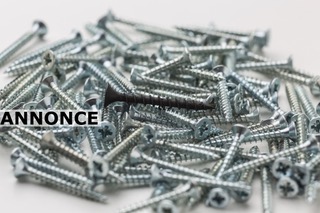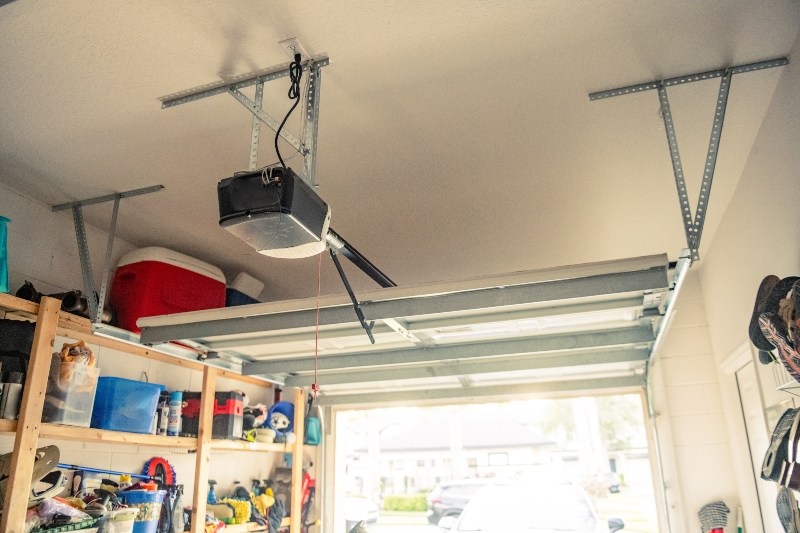Starting a project often feels exciting, but real success lies in the details. Many people overlook how crucial screws are when working with wood and metal. Joining these two materials is far more complex than simply turning a driver.
A single wrong choice in the process of selecting wood-to-metal screws can compromise the entire structure. Understanding the most common mistakes helps you avoid frustration, wasted time, and unnecessary costs.
Ignoring the Right Screw Type
Many people grab whatever screw looks handy. That shortcut backfires quickly. Wood to metal screws exist for a reason. They grip both surfaces with precision. If you choose regular screws, the connection weakens, and your work fails.
Overlooking Pre-Drilling
You may feel tempted to skip drilling a pilot hole. That mistake causes splits in wood and stress in metal. Pre-drilling ensures smoother entry and stronger holding power. Take the extra minute, it saves hours later.
Using the Wrong Length
Size always matters here. A screw that is too short cannot grip. A screw that is too long damages the base. Measure carefully and match the thickness of both materials before fastening.
Ignoring Coating and Material
Rust can damage screws in the long run. If your project sits outdoors, choose galvanised or stainless-steel screws. Choosing screws with poor coating can lead to corrosion and it eventually weakens the bond. Always think about the environment before buying.
Rushing the Installation
People often drive screws too fast. That burns the wood, strips the threads, or even breaks the screw. Slow, steady pressure brings better results than speed. Treat each turn with care.
Final Takeaway
Small mistakes cost big results. Avoid shortcuts, respect the process, and use the right screw with thought. When you pay attention to detail, your work lasts longer, looks stronger, and feels professional. Choose carefully, and your project rewards you with strength and reliability.











